Do You Think It’s Possible That Pluto Is An Escaped Moon Of Neptune, And If Not, Why Not? The Opinions
Do you think it’s possible that Pluto is an escaped moon of Neptune, and if not, why not? The opinions I can find on the matter leave me a bit confused.
Well, first of all I’m not an expert and my explanation may be wrong. I’ve heard of it, but it seems that hypothesis is not very likely. If pluto has orbited Neptune before, it would have to have a phenomenon with an extremely large energy so that Pluto would leave the Neptunian orbit and manage to escape.
Although at some point the orbits of Pluto and Neptune “ get close ”, it is still far enough away that they do not interact, and Pluto has an inclined orbit compared to Neptune. These factors make it even more difficult.
More Posts from Stars-and-shitt-blog and Others
What’s Up - February 2018
What’s Up For February?

This month, in honor of Valentine’s Day, we’ll focus on celestial star pairs and constellation couples.

Let’s look at some celestial pairs!

The constellations Perseus and Andromeda are easy to see high overhead this month.

According to lore, the warrior Perseus spotted a beautiful woman–Andromeda–chained to a seaside rock. After battling a sea serpent, he rescued her.

As a reward, her parents Cepheus and Cassiopeia allowed Perseus to marry Andromeda.

The great hunter Orion fell in love with seven sisters, the Pleiades, and pursued them for a long time. Eventually Zeus turned both Orion and the Pleiades into stars.

Orion is easy to find. Draw an imaginary line through his belt stars to the Pleiades, and watch him chase them across the sky forever.

A pair of star clusters is visible on February nights. The Perseus Double Cluster is high in the sky near Andromeda’s parents Cepheus and Cassiopeia.

Through binoculars you can see dozens of stars in each cluster. Actually, there are more than 300 blue-white supergiant stars in each of the clusters.

There are some colorful star pairs, some visible just by looking up and some requiring a telescope. Gemini’s twins, the brothers Pollux and Castor, are easy to see without aid.

Orion’s westernmost, or right, knee, Rigel, has a faint companion. The companion, Rigel B, is 500 times fainter than the super-giant Rigel and is visible only with a telescope.

Orion’s westernmost belt star, Mintaka, has a pretty companion. You’ll need a telescope.

Finally, the moon pairs up with the Pleiades on the 22nd and with Pollux and Castor on the 26th.
Watch the full What’s Up for February Video:
There are so many sights to see in the sky. To stay informed, subscribe to our What’s Up video series on Facebook.
Make sure to follow us on Tumblr for your regular dose of space: http://nasa.tumblr.com.
11/02/2018
Tried to look at stars through my window however couldn't see anything I blame British weather, while my neighbour hid in my bed because it was cold

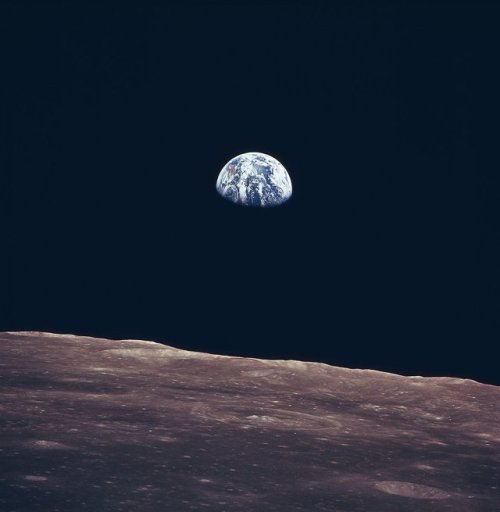


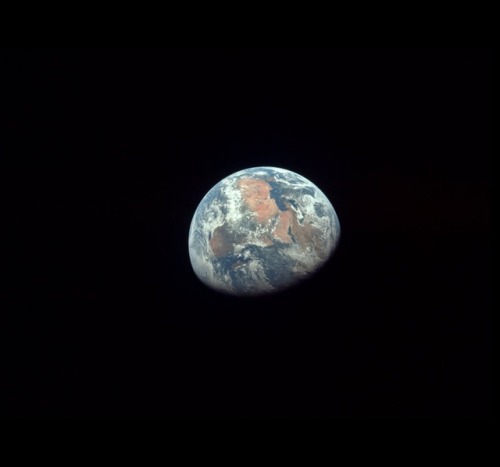

Happy Earth day! (Let’s take care of our planet while there’s time)
Image credit: NASA, Mission Apollo, STS-103, Lunar module & Cassini

meanwhile, in Facebook’s PR department
(In a cheerful cowboy voice while slapping my knee) well beam me up Scotty!


Astronauts activities during EV-1. Here Astronaut Robert Stewart during Manned Maneuvering Unit (MMU) Exercise untethered above the Earth.[4209 x 4209] - For more images of the cosmos Click Here
![Lunar Eclipse [1/31/2018] - For More Images Of The Cosmos Click Here](https://64.media.tumblr.com/e0ad6745a96d1016353dcadebf29f24e/tumblr_p3kjfp38IV1w094hwo1_500.jpg)
Lunar Eclipse [1/31/2018] - For more images of the cosmos Click Here
Hello. It is I.
Hi, I’m here now. A friend convinced me to start so lets see how bad I fail XD
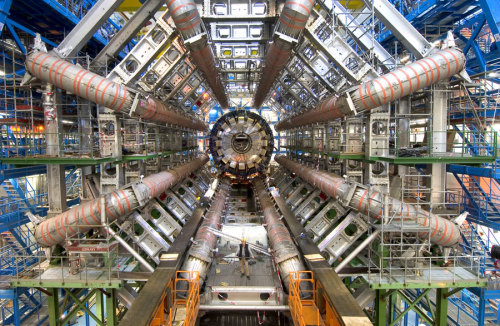
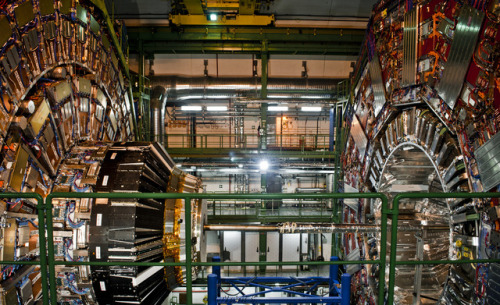
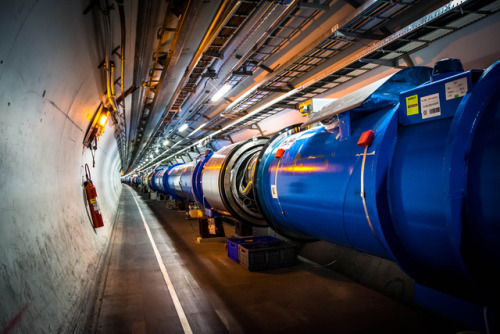
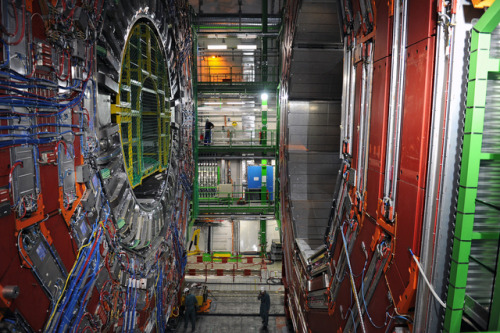
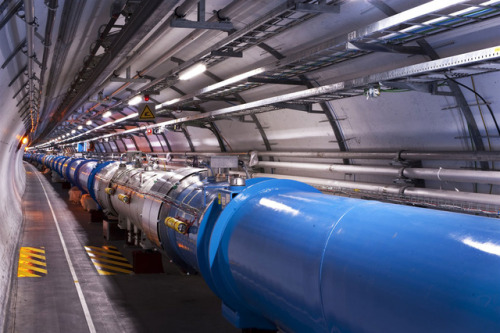
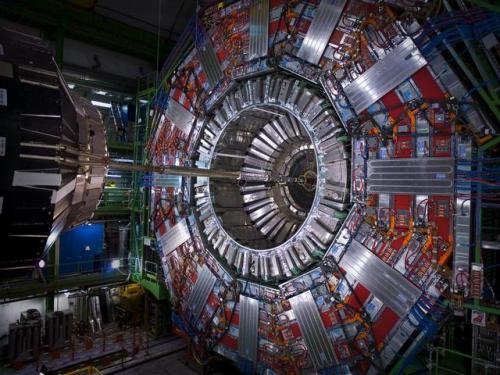
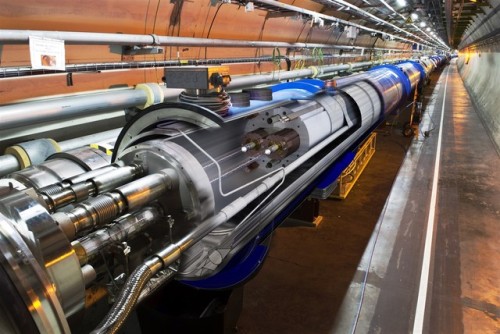
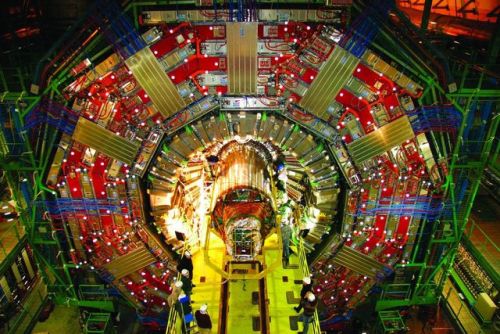
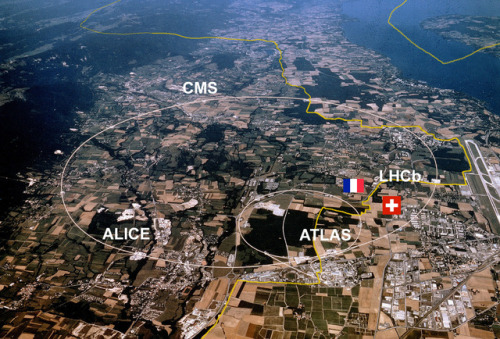
The Large Hadron Collider
The Large Hadron Collider (LHC) is the world’s largest and most powerful particle collider, the most complex experimental facility ever built, and the largest single machine in the world. It was built by the European Organization for Nuclear Research (CERN) between 1998 and 2008 in collaboration with over 10,000 scientists and engineers from over 100 countries, as well as hundreds of universities and laboratories. It lies in a tunnel 27 kilometres (17 mi) in circumference, as deep as 175 metres (574 ft) beneath the France–Switzerland border near Geneva.
The aim of the LHC is to allow physicists to test the predictions of different theories of particle physics, including measuring the properties of the Higgs boson and searching for the large family of new particles predicted by supersymmetric theories, as well as other unsolved questions of physics.
All the controls for the accelerator, its services and technical infrastructure are housed under one roof at the CERN Control Centre. From here, the beams inside the LHC are made to collide at four locations around the accelerator ring, corresponding to the positions of four particle detectors – ATLAS, CMS, ALICE and LHCb.
Image credit: CERN, FermiLab (Vlad Savov, Julien Nyczak, Maximilien Brice).
source
Click here to learn more
-
 scubapro64 liked this · 4 years ago
scubapro64 liked this · 4 years ago -
 malditoblog liked this · 6 years ago
malditoblog liked this · 6 years ago -
 kiwimystic liked this · 6 years ago
kiwimystic liked this · 6 years ago -
 contendedsigh liked this · 6 years ago
contendedsigh liked this · 6 years ago -
 110611061106 liked this · 6 years ago
110611061106 liked this · 6 years ago -
 blameitonmyaddx0 liked this · 7 years ago
blameitonmyaddx0 liked this · 7 years ago -
 luisadussan-blog liked this · 7 years ago
luisadussan-blog liked this · 7 years ago -
 superbcookiewombatzipper-blog liked this · 7 years ago
superbcookiewombatzipper-blog liked this · 7 years ago -
 msspaceoddity liked this · 7 years ago
msspaceoddity liked this · 7 years ago -
 attheexactlyrighttimeandplace reblogged this · 7 years ago
attheexactlyrighttimeandplace reblogged this · 7 years ago -
 jiraudwoodsley-blog liked this · 7 years ago
jiraudwoodsley-blog liked this · 7 years ago -
 nlyerdm-blog liked this · 7 years ago
nlyerdm-blog liked this · 7 years ago -
 argonthestablesciencekiddo liked this · 7 years ago
argonthestablesciencekiddo liked this · 7 years ago -
 georgechaos liked this · 7 years ago
georgechaos liked this · 7 years ago -
 danilax liked this · 7 years ago
danilax liked this · 7 years ago -
 y377ow liked this · 7 years ago
y377ow liked this · 7 years ago -
 sassyenthusiasthistorylover333 liked this · 7 years ago
sassyenthusiasthistorylover333 liked this · 7 years ago -
 stars-and-shitt-blog reblogged this · 7 years ago
stars-and-shitt-blog reblogged this · 7 years ago -
 stars-and-shitt-blog liked this · 7 years ago
stars-and-shitt-blog liked this · 7 years ago -
 estrogeneeyore reblogged this · 7 years ago
estrogeneeyore reblogged this · 7 years ago -
 estrogeneeyore liked this · 7 years ago
estrogeneeyore liked this · 7 years ago -
 mypersonalanxiety liked this · 7 years ago
mypersonalanxiety liked this · 7 years ago -
 bobafoe liked this · 7 years ago
bobafoe liked this · 7 years ago -
 antinonymous liked this · 7 years ago
antinonymous liked this · 7 years ago -
 upinspaceignoringeveryone liked this · 7 years ago
upinspaceignoringeveryone liked this · 7 years ago -
 kodokumushi liked this · 7 years ago
kodokumushi liked this · 7 years ago -
 introvertedandconfusedmae-blog liked this · 7 years ago
introvertedandconfusedmae-blog liked this · 7 years ago -
 liananilight liked this · 7 years ago
liananilight liked this · 7 years ago -
 atlaskat liked this · 7 years ago
atlaskat liked this · 7 years ago -
 randomsparkle liked this · 7 years ago
randomsparkle liked this · 7 years ago -
 attheexactlyrighttimeandplace liked this · 7 years ago
attheexactlyrighttimeandplace liked this · 7 years ago -
 qvecksilber liked this · 7 years ago
qvecksilber liked this · 7 years ago -
 xxxtraordinarylover liked this · 7 years ago
xxxtraordinarylover liked this · 7 years ago -
 xxxtraordinarylover reblogged this · 7 years ago
xxxtraordinarylover reblogged this · 7 years ago -
 booperblooper liked this · 7 years ago
booperblooper liked this · 7 years ago -
 paxfer liked this · 7 years ago
paxfer liked this · 7 years ago -
 alittlelongingoesaway liked this · 7 years ago
alittlelongingoesaway liked this · 7 years ago
I enjoy telescopes too much for my own good. (PS. my header is fireworks because nothing else fits yet)
38 posts